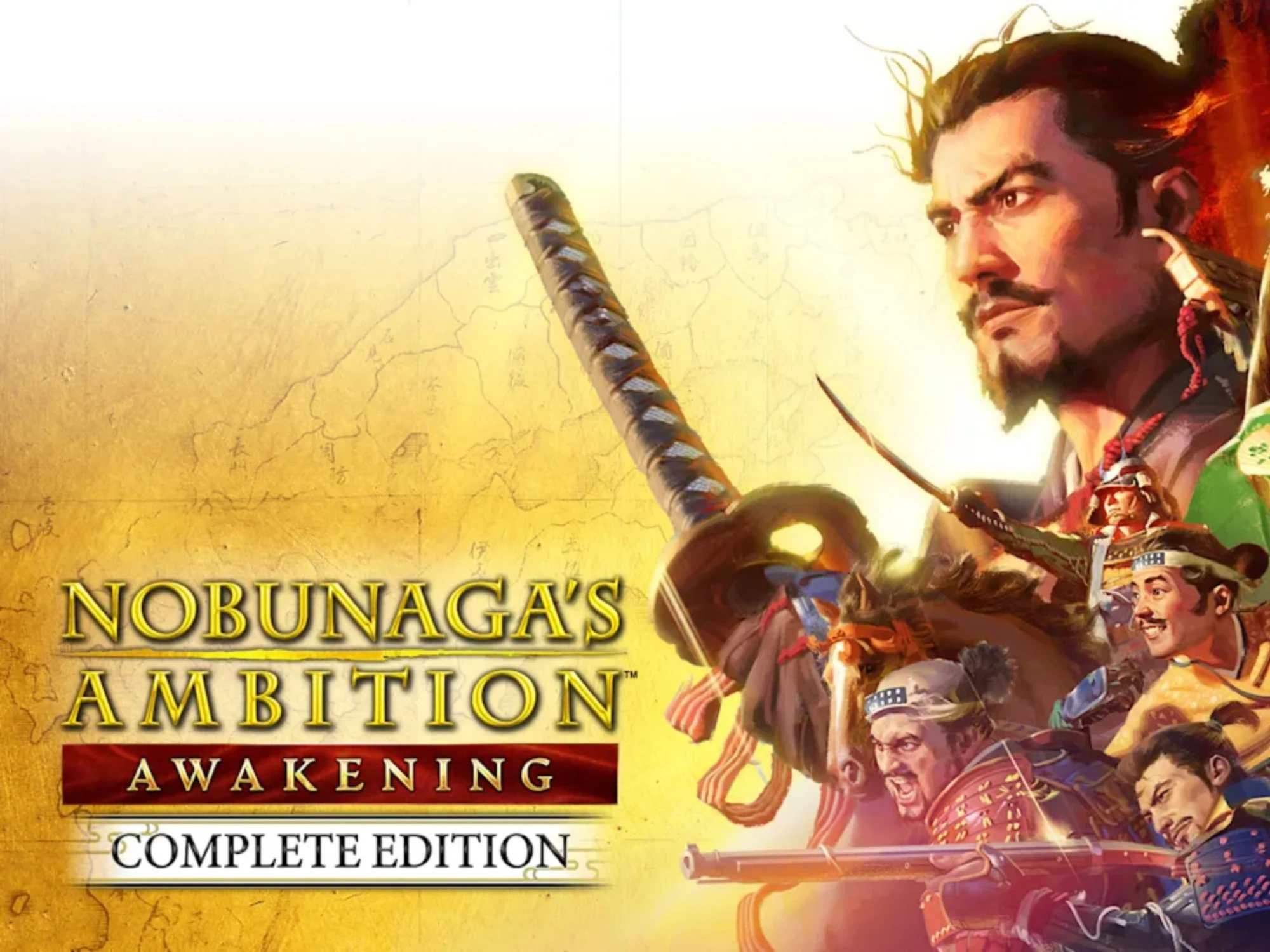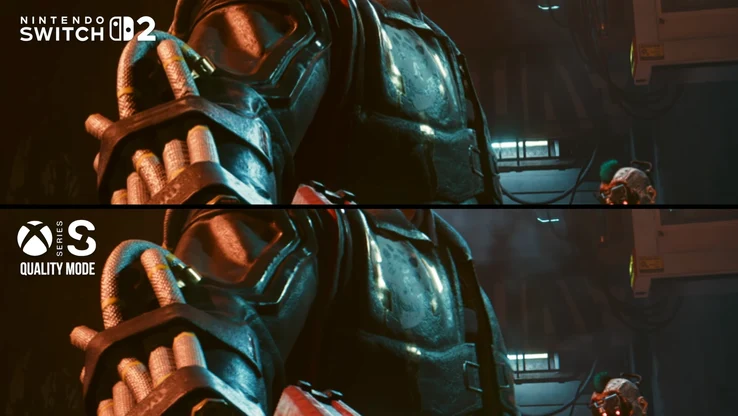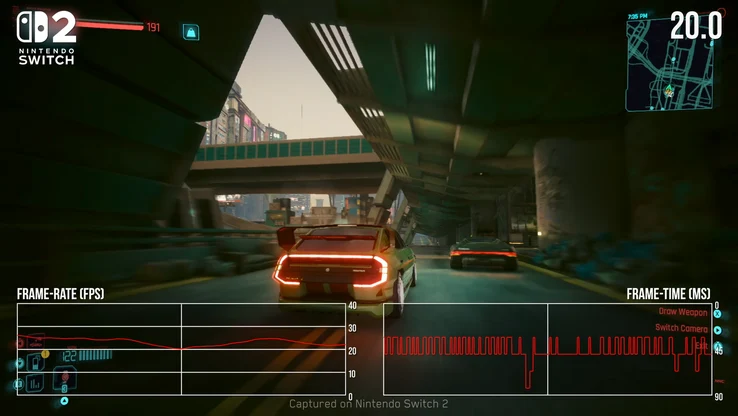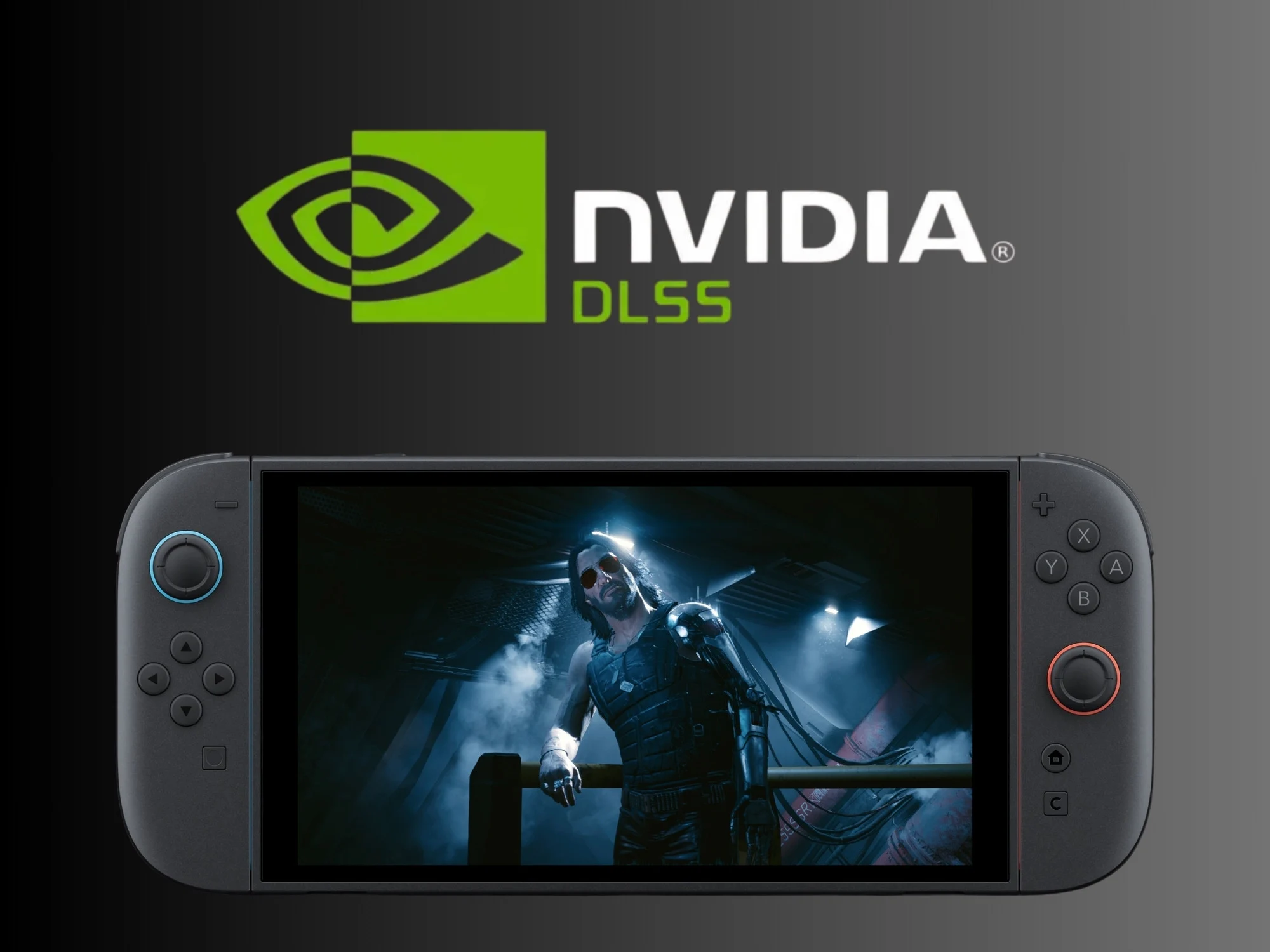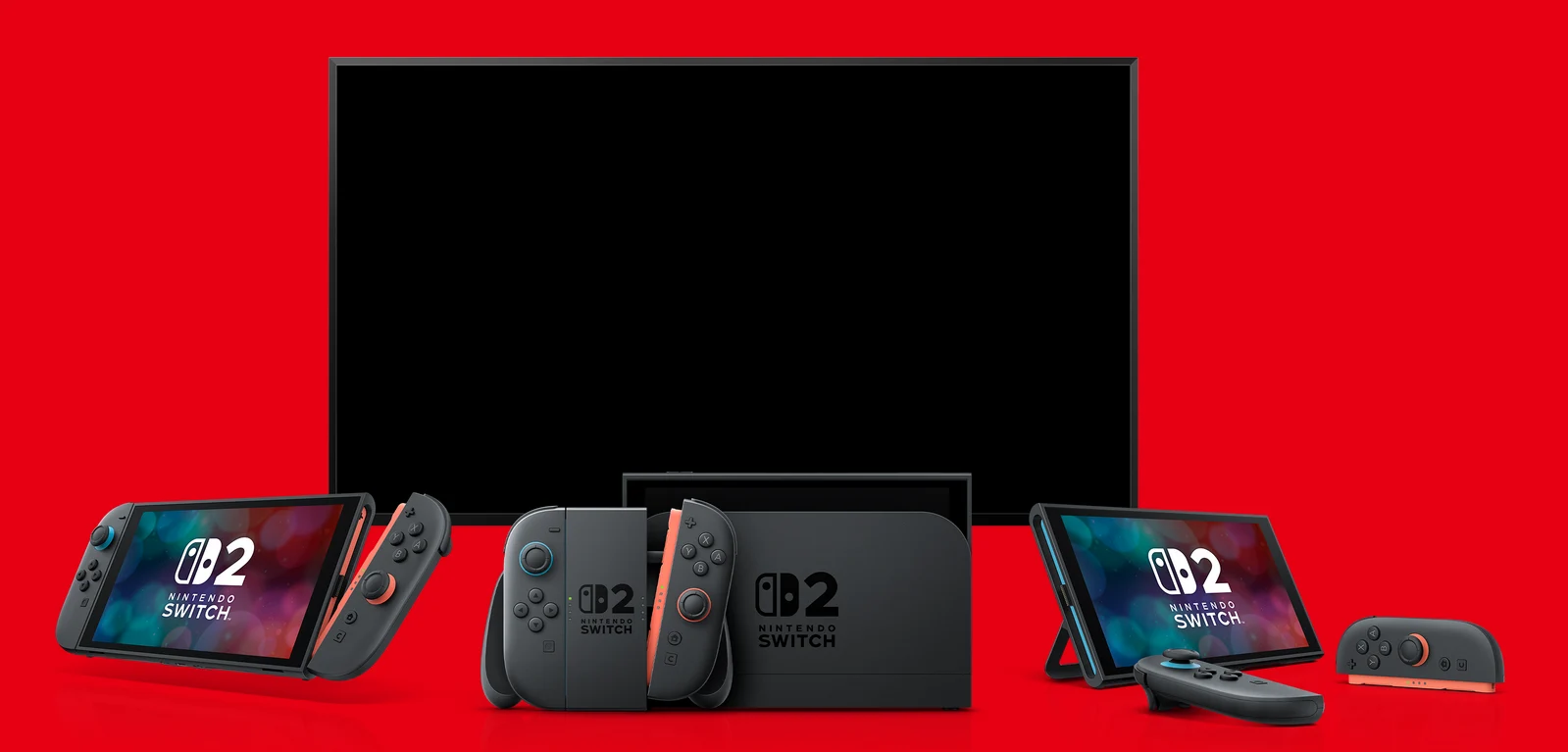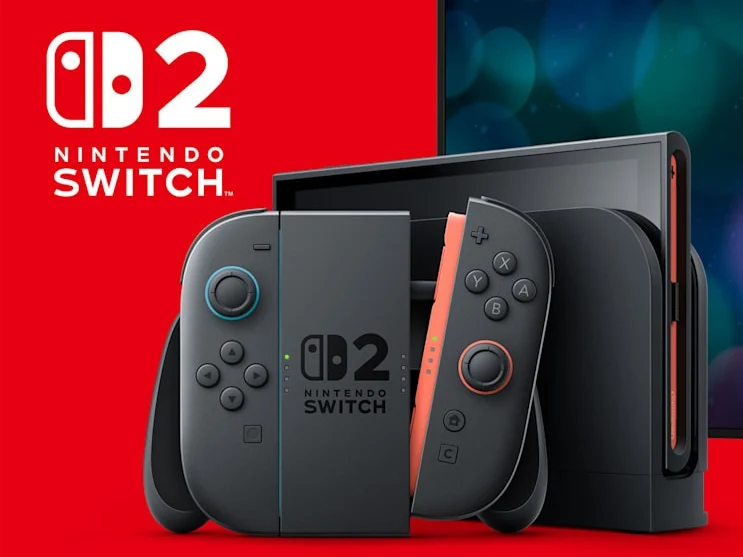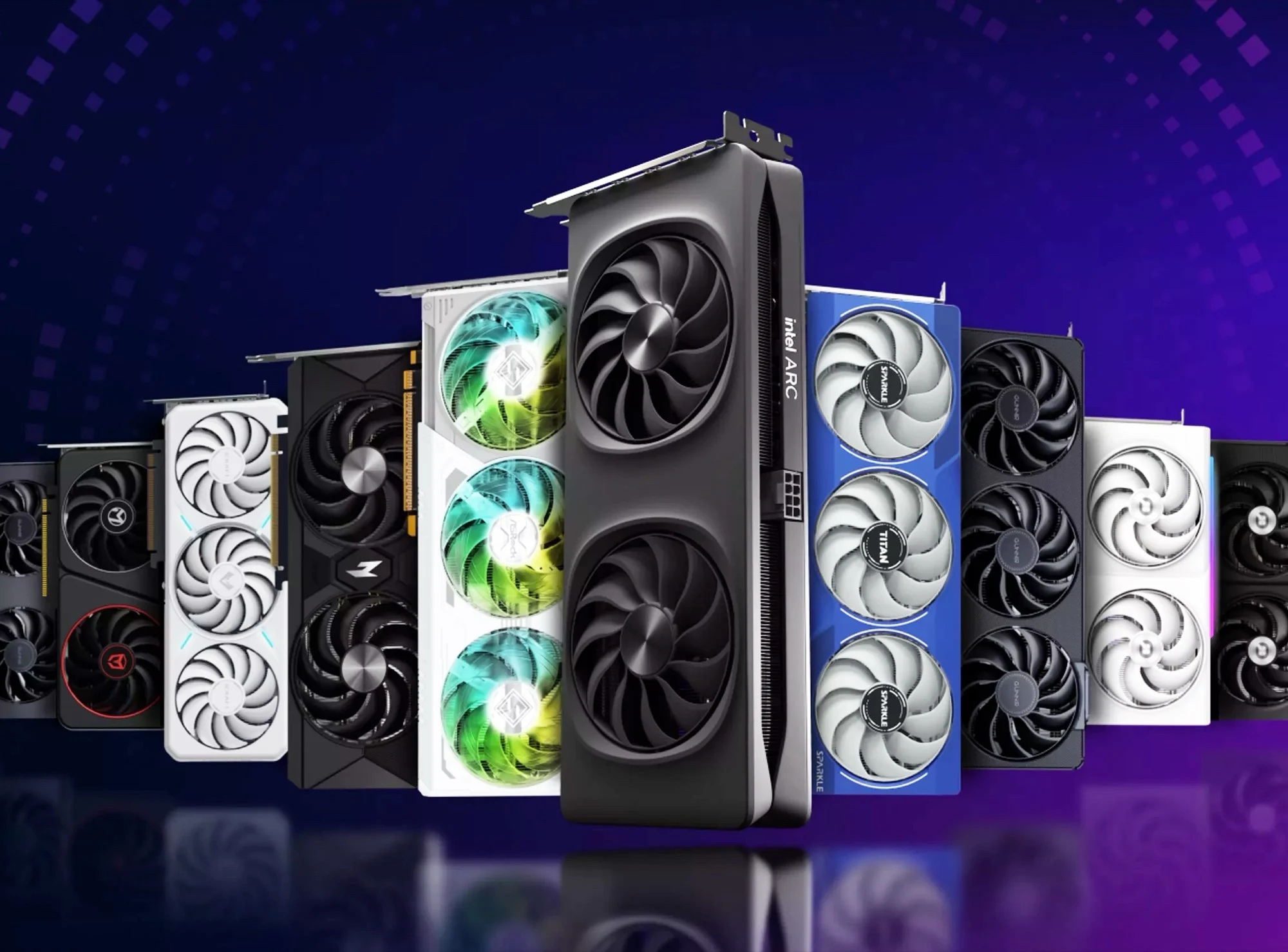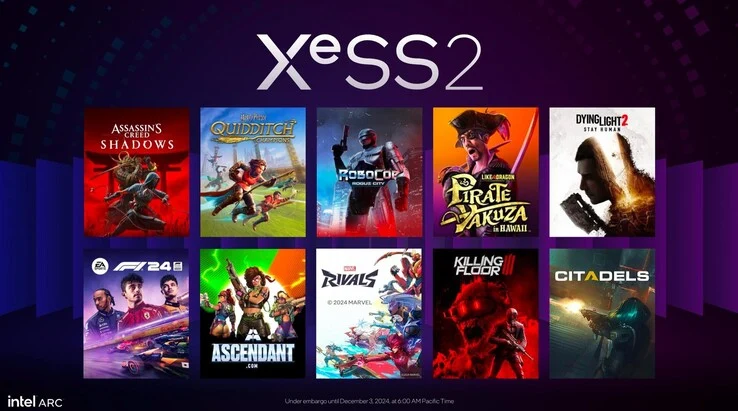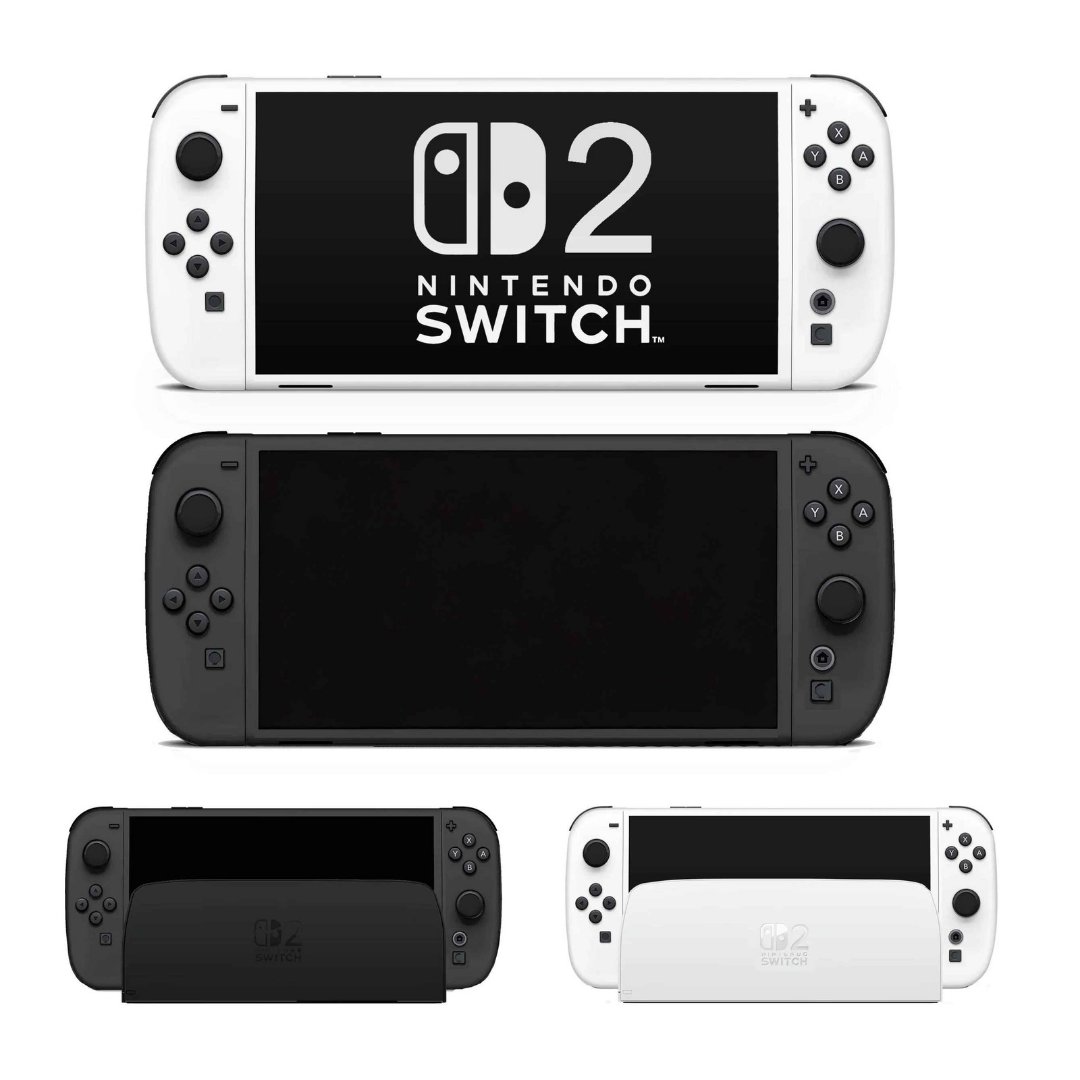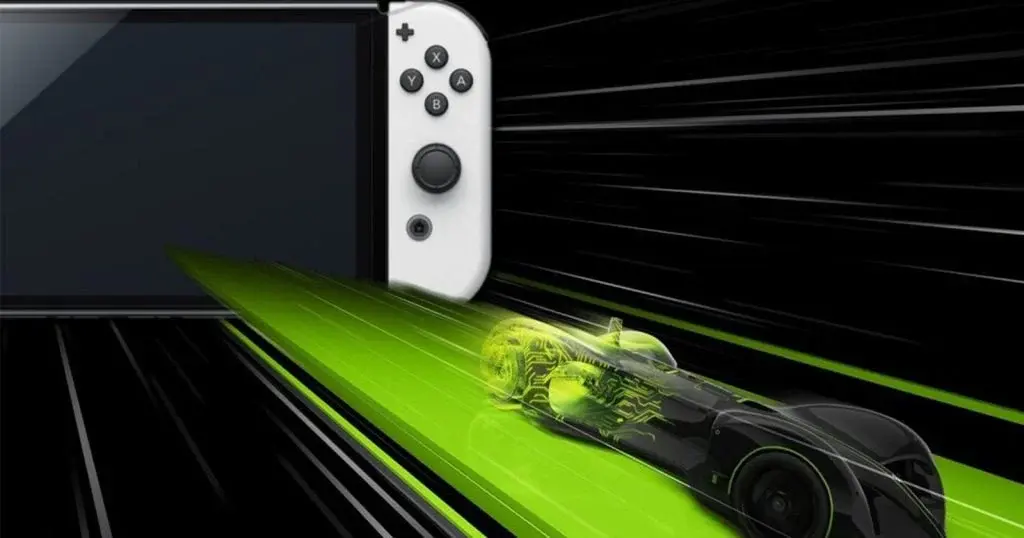Key Takeaways
1. Nobunaga’s Ambition: Awakening Complete Edition launches on June 5th, alongside the Switch 2, featuring new content and improved graphics.
2. Koei Tecmo’s team faced challenges achieving 4K resolution and 60 fps, settling for 1080p at 30 fps due to the Switch 2’s limitations.
3. The new Switch 2 offers enhanced visuals, making gaming experiences more immersive, but some games may not meet player expectations.
4. Nobunaga’s Ambition: Awakening does not use DLSS upscaling, which is disappointing given the console’s support for Nvidia’s technology.
5. The game supports Joy-Con mouse mode and wired USB mice, allowing for a more PC-like experience for mobile strategy gamers.
Many games are likely to take advantage of the improved specs of the Switch 2. However, a developer from Koei Tecmo working on Nobunaga’s Ambition: Awakening mentioned that some games might not live up to what players expect. In an interview with Wccftech, Michi Ryu shared that their team struggled to maintain smooth gameplay at 4K resolution and 60 frames per second. They had to significantly reduce the graphical settings, and the game does not use DLSS upscaling.
Release Details
Nobunaga’s Ambition: Awakening Complete Edition is set to launch on June 5th, coinciding with the Switch 2 release. This grand strategy game from Japan changed the gaming landscape since its debut in 1983, focusing on history and RPG elements. The game was first released in 2022 for PC, PS4, and Switch, and the Complete Edition will introduce new scenarios, downloadable content, and better graphics.
Console Advancements
Michi Ryu, producer and director at Koei Tecmo, mentioned that Nintendo’s new console has become a more powerful handheld device. He noted that the visuals of “the sea, sky, and ground feel much more realistic, making the gaming experience more immersive.” Despite this, he hoped to offer a mode that could showcase 4K resolution at 60 fps. Sadly, the specs of the Switch 2 fell short for rendering intricate 3D maps at those settings. Ultimately, the team decided on a more attainable goal of 1080p at 30 fps.
Technology Limitations
It’s a letdown that Nobunaga’s Ambition: Awakening won’t utilize DLSS, which is worth mentioning. The Tegra T239 processor in the console is somewhat outdated but does support Nvidia’s upscaling technology. Games like Cyberpunk 2077: Ultimate Edition on Switch 2 benefit from DLSS in various handheld and docked modes. Consequently, some demos of this title have impressed players, sometimes outperforming the usual Steam Deck results.
Nobunaga’s Ambition: Awakening Complete Edition takes full advantage of the Joy-Con mouse mode available on the Switch 2. With wired USB mice also an option, mobile strategy gamers can enjoy similar benefits to those playing on a PC.
Source:
Link



